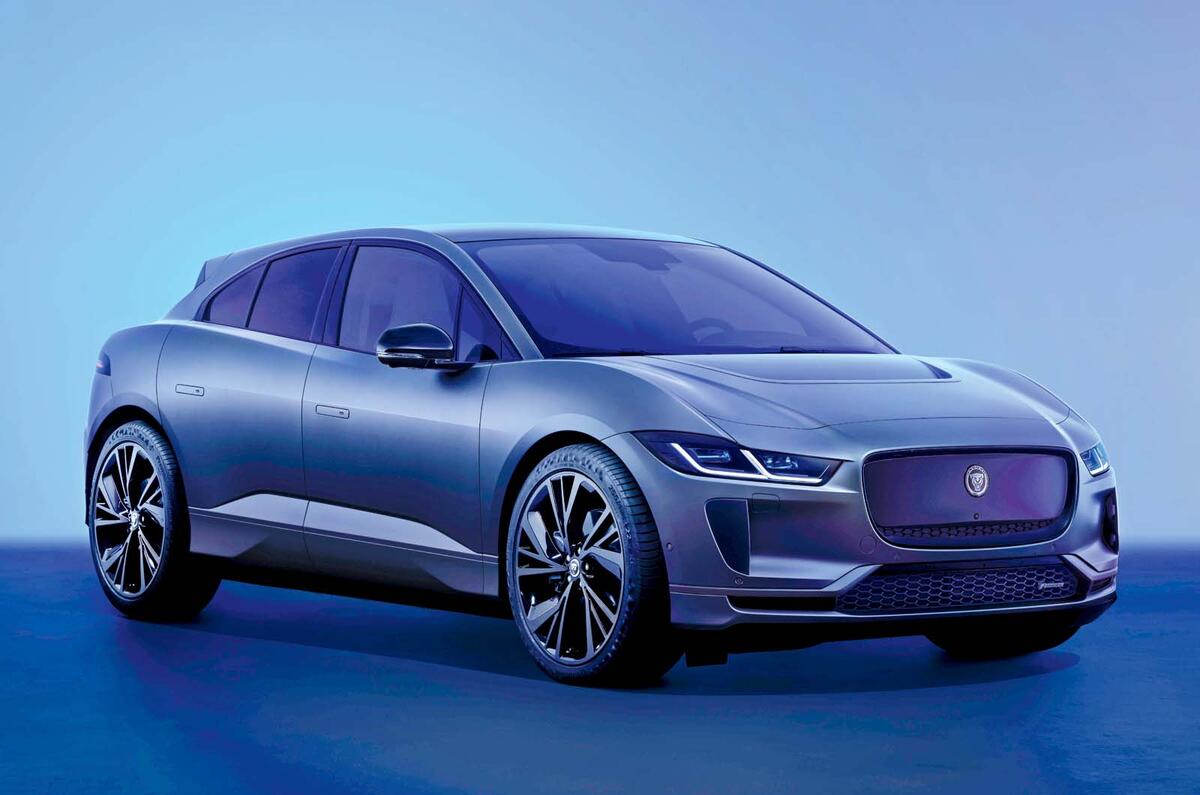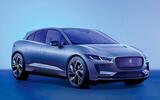It’s already on the record that Rawdon Glover, Jaguar’s managing director, has one of the toughest automotive jobs on the planet.
His immediate task is to kill off (“sunset”) the current, mostly combustion-engine range of traditional Jaguar models and replace it from 2026 with a radical, three-tier EV line-up that lifts pricing into the realms of Bentley.
Speaking to Autocar, Glover – 11 years at Jaguar, with previous Volkswagen Group experience – is undaunted by the size of the challenge. The range will begin with a Porsche Taycan-busting GT – previewed by a concept arriving in December – followed by a Bentley Bentayga-sized SUV and finally a big four-door limo in 2029.
“Our approach to future Jaguars is quite different from other vehicles,” he said. “They start with a platform and work outward from there. We’re starting with a design language, and developed the platform and engineering around it.”
This new car range is expected to be very different in look from the short-nose, cab-forward I-Pace, Jaguar’s much-admired pioneering EV. The first car will feature a much more prominent nose, against the run of play in car design, which (apart from the scary cost of making them at Magna Steyr in Austria) is one reason why the I-Pace, along with the rest of the range bar the F-Pace, has gone out of production.
But Glover is still full of praise for the scene-setting original. “Given the level of engineering and ingenuity we’ve had to deploy to build the new cars, I suspect that without having made the I-Pace, we might not have been able to achieve it in time,” he said.
“It has helped us to learn directly about electric vehicles – whether it’s the nuts and bolts, or the task of creating a customer journey and actually launching an electric car. We’ve discovered these things are completely different from the cars we’ve launched before.” Now, all of Jaguar’s attention turns to the next phase of “recalibrating” potential customers.
This will start with the GT concept’s unveiling in the US in December, which is expected to build the market’s appetite for radical Jaguar EVs.










Join the debate
Add your comment
Wow, with insanity like this, they should be running GB Energy (Net Zero).
Great heritage built on the back of basically two models, E-type, Mk2, possibly XJ6. No model since has had anything like their impact.
These cars sold because they looked great and came close to the best in class at a price that was less than the equivalent from premium brands.
It seems unlikely they can achieve that level of impact now and certainly if they want to price these above the premium class norm of around 80-100k, they are doomed to fail, Bentley they are not.
The sad thing is the hundreds of jobs that will be lost because this is not a coherent plan.
D-Type/XK-SS, XK120/150, and arguably the XJ220 are all iconic. People of a certain age may also have soft spots for the XJS and Mark 2. It's a rich heritage, but yes, one that doesn't really extend into the 21st century. Cancelling the C-X75 was a huge mistake.
Personally I also loved their lineup in the early 2010s: the XK, original XF and last XJ were all excellent and attractive.
They'll teach this at business schools globally, using JLR as an example. Introduction by Gerald Ratner. It is incredible just how incompetent Jaguar management are. They've killed the company.
McGovern doesn't worry about losing their current customers, and Glover expects the designs to convince you to spend £120k on their cars. Cars three to four times what they were previously costing. Makes you wonder what all the exisiting Jaguar customers were doing with all that spare cash?
Killing off every single model they have because they were ICE based to focus on EV, and with impeccable timing as the EV market collapses. Every other marque is going through hybrids, and hybrids are more popular than EVs, yet Jaguar are now dead; nothing to offer potential customers. Worse, other marques have realised this and are halting their EV plans, going back to looking at hybrids. Jaguar can't because they committed suicide.
Then they're targetting Bentley customers with an expectation to sell 50,000 cars per year. Bentley don't even do that. Bentley does 15,000. I'll let you work out the maths on that one!
Right from Thierry Bollore came out with this plan, the one that got him fired from Renault, I said it was insanity. As time has moved on it has only got worse. The incompetence and ineptitude of JLR management is something that makes me speechless.
It makes Leo Apotheker's attempt to turn HP into a software only company look good by comparison. Yet, HP realised just how crazy that plan was and stopped it. JLR are so far under they can't even see it.